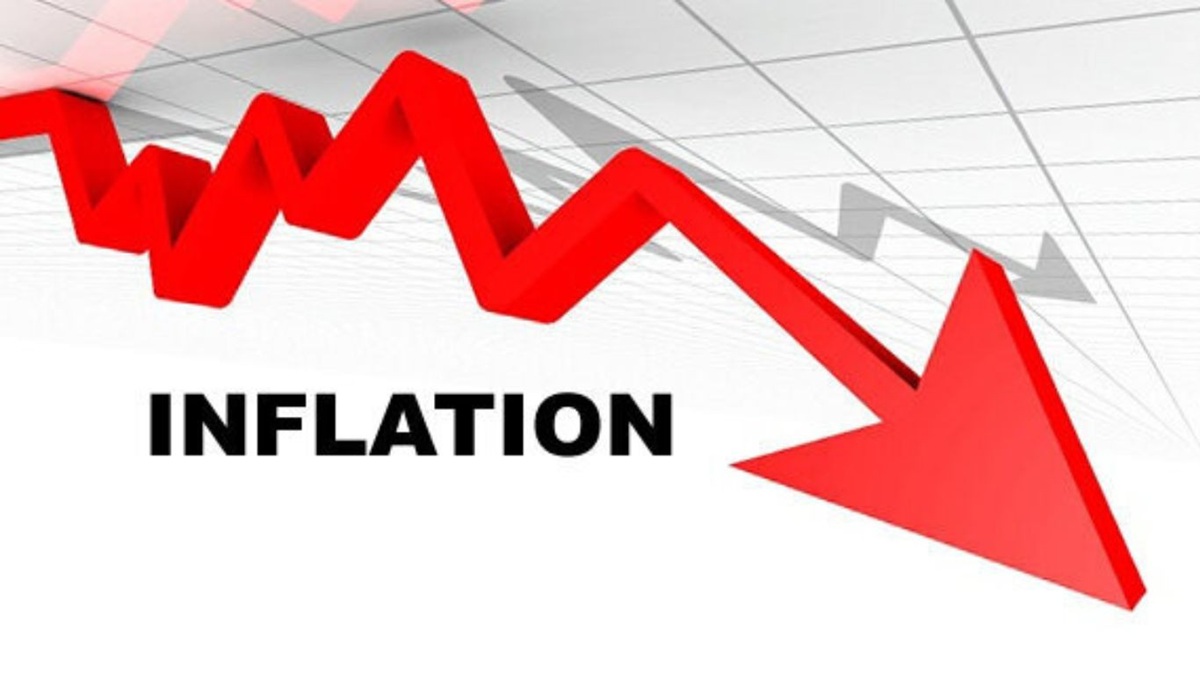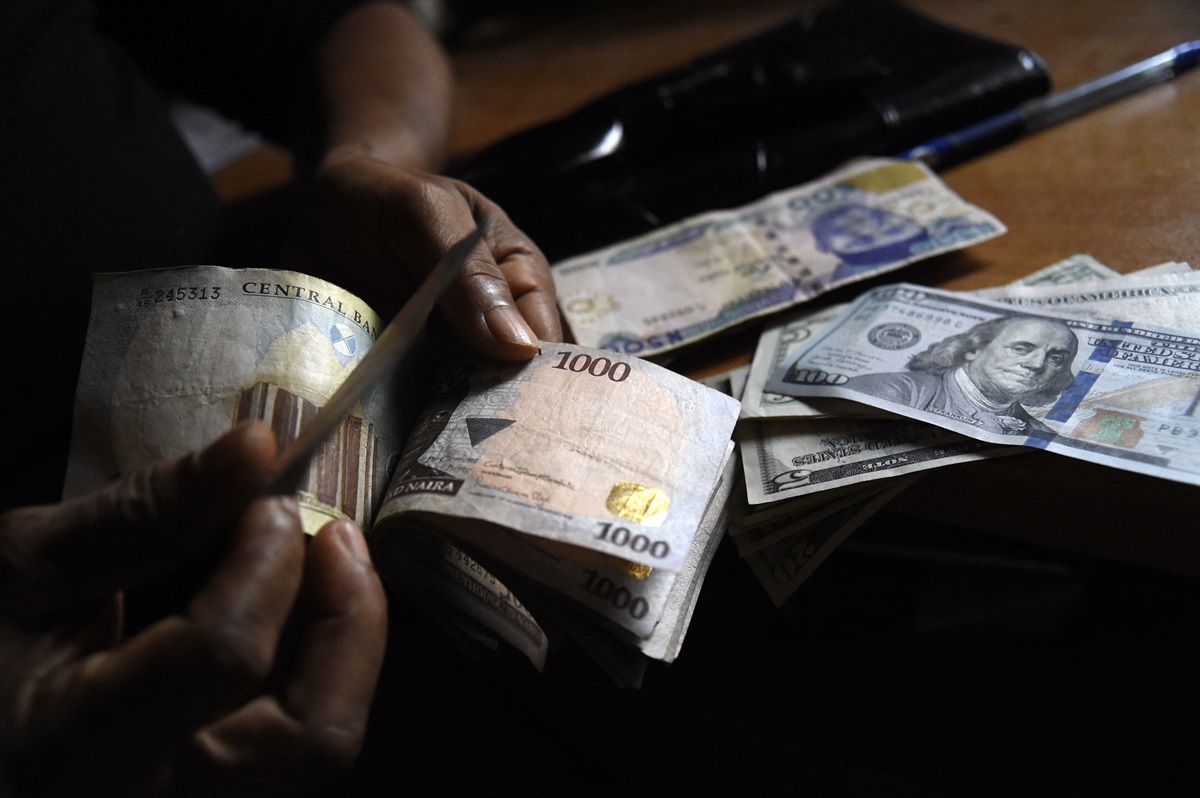Nigeria’s headline inflation rate declined to 18.02 per cent in September 2025, marking a notable 2.1 percentage point drop from the 20.12 per cent recorded in August, according to the National Bureau of Statistics (NBS) Consumer Price Index (CPI) report released on Wednesday.
The data show that Nigeria has experienced six consecutive months of falling inflation since April 2025. The downward trend follows methodological changes earlier in the year, including a revised base year and an updated consumer basket, after inflation had peaked near 35 per cent in December 2024.
Year-on-year, the September 2025 inflation rate was 14.68 percentage points lower than the 32.70 per cent recorded in September 2024. On a month-on-month basis, inflation eased slightly to 0.72 per cent, compared with 0.74 per cent in August.
Food Inflation Eases Further
Food inflation, which constitutes the largest portion of household expenses, fell to 16.87 per cent in September from 21.87 per cent in August, reflecting better food supply and seasonal harvest impacts. Month-on-month food inflation stood at -1.57 per cent, a 3.22 per cent decline from August’s 1.65 per cent, driven by reduced prices of maize, grains, garri, beans, millet, potatoes, onions, eggs, tomatoes, and fresh pepper.

Central Bank’s Policy Response
The figures follow the Central Bank of Nigeria’s (CBN) decision in September to cut its benchmark interest rate for the first time since 2020. CBN Governor Olayemi Cardoso reaffirmed the bank’s data-driven approach and commitment to achieving single-digit inflation over the medium term.
Urban and Rural Trends
In urban areas, the inflation rate stood at 17.50 per cent year-on-year, down sharply from 35.13 per cent in September 2024—a 17.63 percentage point decrease. However, monthly inflation in urban areas rose slightly to 0.74 per cent from 0.49 per cent in August.
The twelve-month average urban inflation rate was 24.35 per cent in September 2025, compared to 33.95 per cent a year earlier.
In rural areas, inflation dropped to 18.26 per cent year-on-year, down from 30.49 per cent in September 2024—a 12.23 percentage point decline. Month-on-month, rural inflation stood at 0.67 per cent, below 1.38 per cent in August. The twelve-month average rural inflation rate also fell to 22.08 per cent from 29.76 per cent in September 2024.


 Trending
Trending 






